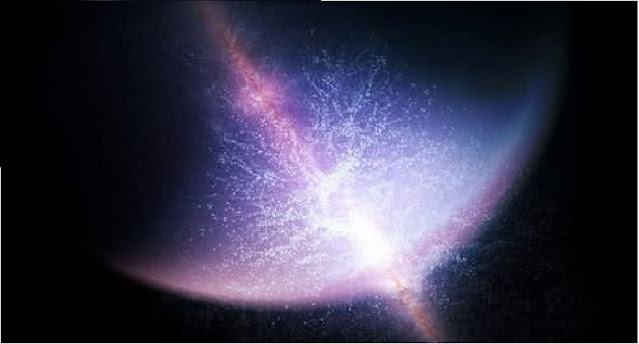The Giant Arc spans a distance nearly a fifteenth of the observable universe.Astronomers recently identified a massive structure, known as the Giant Arc, that spans an astonishing 3.3 billion light-years across the cosmos. Composed of galaxies, clusters, gas, and dust, this enormous arc lies 9.2 billion light-years away and stretches across about a fifteenth of the observable universe, ranking it among the largest cosmic formations ever documented. Its discovery was an unexpected result for Alexia Lopez, a doctoral candidate at the University of Central Lancashire (UCLan), who was constructing cosmic maps using light from quasars, the brilliant cores of distant galaxies powered by supermassive black holes. By examining how elements like magnesium left “shadows” on the light passing through cosmic gas and dust, Lopez was able to assess distances and positions of this matter.
While analyzing these maps, Lopez noticed an unusual arc-like structure. Upon closer investigation with her advisor, Roger Clowes, Lopez ran statistical tests to rule out the possibility that this was a mere alignment or a data error. After conducting two different tests, the results indicated a probability of just 0.0003% that the Giant Arc was a random formation, strongly suggesting its real existence. Lopez and Clowes presented their findings at the 238th virtual meeting of the American Astronomical Society on June 7, marking an exciting development in cosmology.
The discovery of the Giant Arc holds deep implications for one of cosmology’s foundational theories: the cosmological principle. This principle, widely accepted for nearly a century, assumes that on large scales, matter is evenly spread across the universe. This uniformity is essential to current models of the universe’s origin and structure. However, the Giant Arc, alongside previously discovered colossal structures like the Sloan Great Wall and South Pole Wall, suggests that matter might not be as evenly distributed as once believed. In fact, it seems that even larger structures continue to appear, further straining the cosmological principle’s assumptions.
The potential need to revise the cosmological principle raises profound questions about the basic laws governing the universe, including gravity itself. While some scientists, like Lopez, propose modifying gravitational theories on large cosmic scales, others, including cosmographer Daniel Pomarède, remain cautious. Pomarède, who co-discovered the South Pole Wall, notes that standard models predict a size limit for cosmic structures. The Giant Arc’s massive presence challenges this assumption, though he believes any change to the cosmological principle would be a groundbreaking shift that should be approached carefully.
With ongoing research and future observations, scientists hope to uncover whether the Giant Arc is an exceptional anomaly or part of a pattern revealing unexpected cosmic structures. This discovery marks an intriguing chapter in our quest to understand the universe’s architecture, suggesting that the largest scales of the cosmos might still hold secrets that could reshape modern astrophysics.












No comments
Please do not enter any spam link in the comment box .